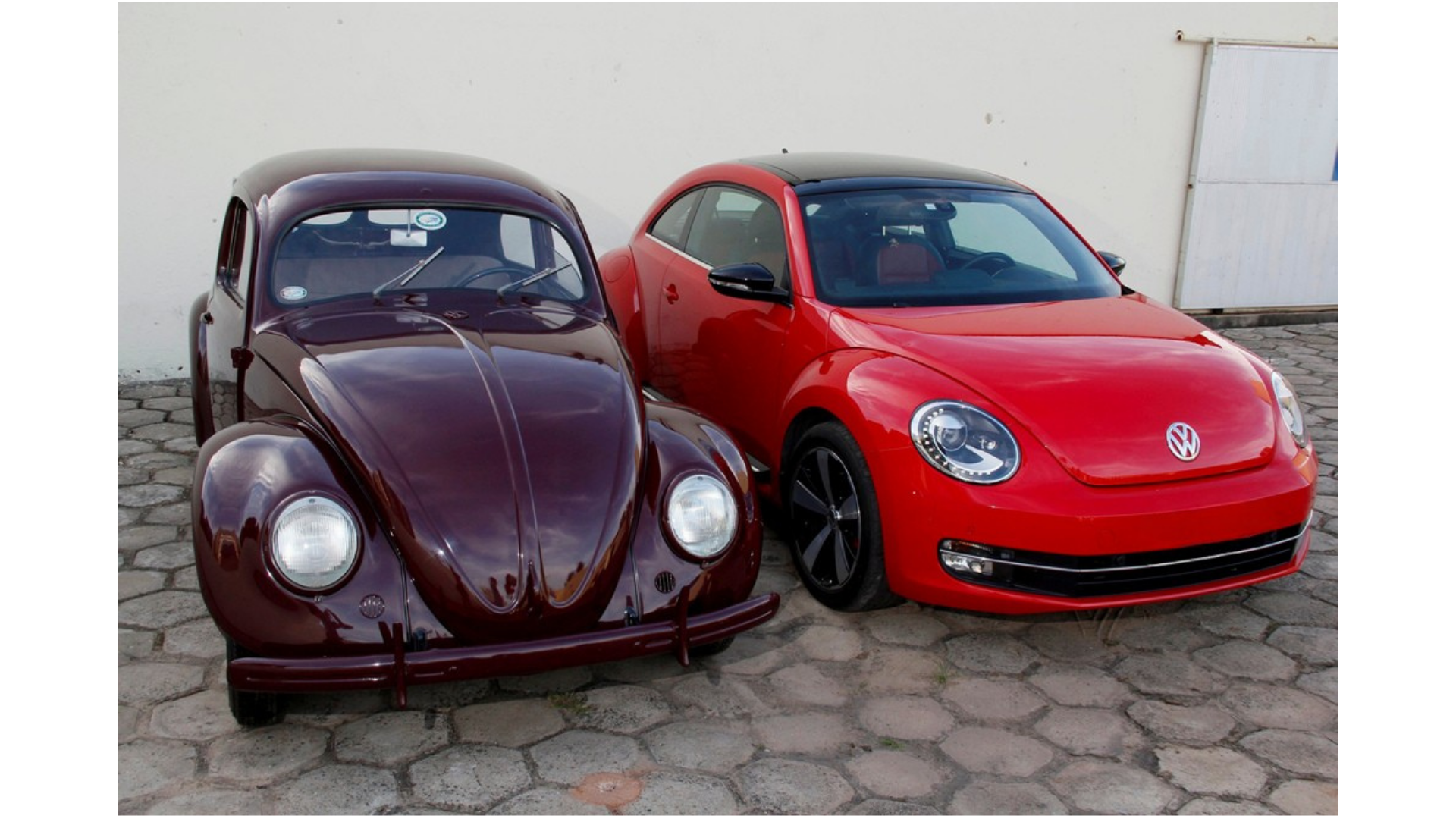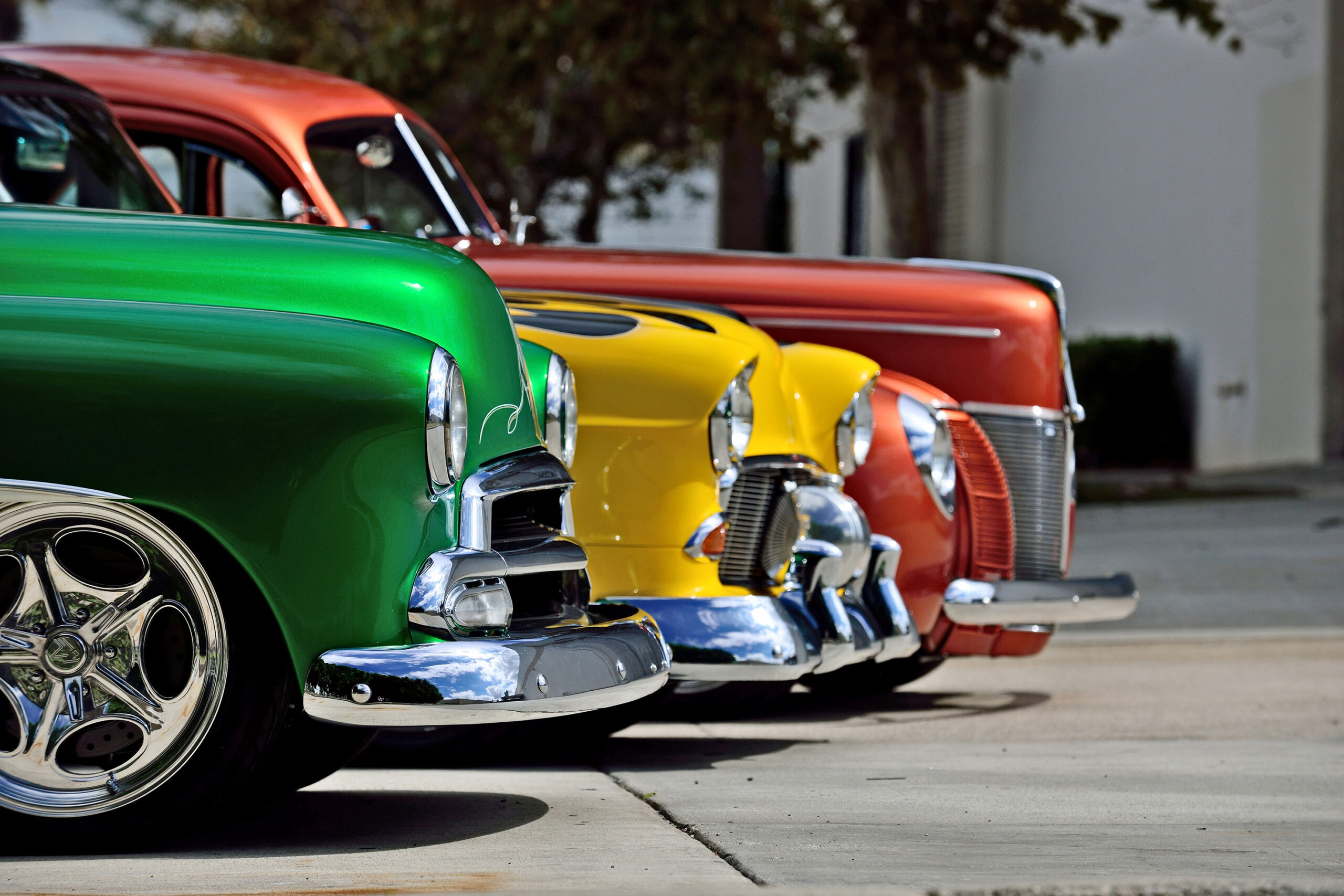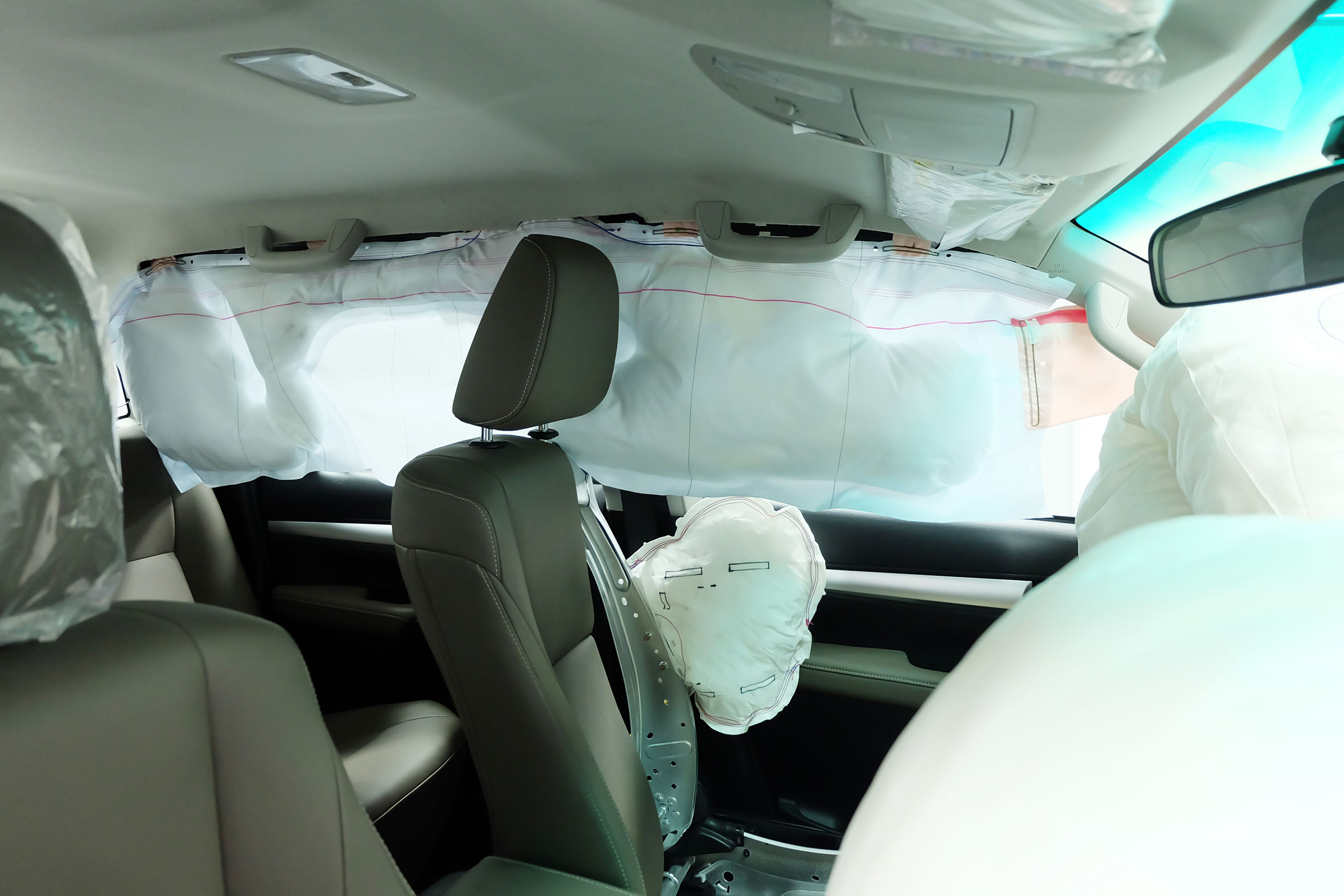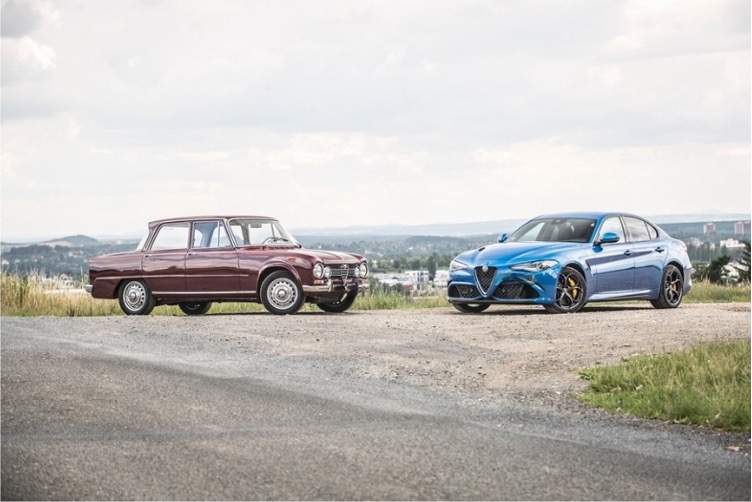As automotive technology evolves, the debate between the safety of new and old car models continues. While modern vehicles boast advanced safety features, classic cars have their charm and durability.
Over the decades, car safety has undergone a remarkable transformation. From the rudimentary designs of the mid-20th century to today’s high-tech vehicles, the focus has shifted from merely protecting drivers to preventing accidents altogether. Modern cars are now equipped with an array of safety features, such as airbags, crumple zones, and advanced driver-assistance systems (ADAS), which have significantly reduced accidents and fatalities on the road.
However, the allure of classic cars remains strong, with many enthusiasts praising their simplicity and durability. But how do these older models stack up against their modern counterparts in terms of safety?

Why new cars are safer?
- Advanced safety features: Modern vehicles come loaded with safety technologies like automatic emergency braking (AEB), lane-keeping assist, and blind-spot detection. These features not only protect occupants during a crash but also help prevent accidents from occurring in the first place. Many also feature enhanced seatbelt reminders that alert the driver via beeping sounds if rear passengers aren’t buckled up, further promoting a safer driving experience for everyone.
- Structural improvements: Newer cars are designed with crumple zones that absorb impact energy, reducing the force transmitted to passengers. Additionally, the use of high-strength materials enhances the vehicle’s ability to withstand collisions.
- Mandatory safety standards: Regulations now require features like seat belts, airbags, and electronic stability control (ESC) in all new vehicles. These standards have been instrumental in reducing crash-related fatalities.
- Crash avoidance technology: Features such as adaptive cruise control and forward collision warning systems provide drivers with real-time alerts, helping them avoid potential hazards.
The Case For Old Cars
While new cars come packed with high-tech safety features, there’s still a strong argument for the charm and practicality of older vehicles. From their mechanical simplicity to their nostalgic appeal, here’s why some drivers prefer the classics:

- Simplicity and durability: Classic cars are often praised for their straightforward mechanical designs, making them easier to repair and maintain. Unlike modern vehicles, which rely heavily on electronics, simple fixes can be done with a bit of knowledge and the right tools, making them easier and often cheaper to maintain.
- Appreciation in value: While new cars depreciate over time, well-maintained classic cars can appreciate, offering a potential financial benefit to owners.
- Hands-on driving experience: Driving an older car provides a more tactile and engaging experience, which many enthusiasts find appealing. The lack of modern safety features can also make drivers more vigilant.
The Safety Drawbacks Of Old Cars 
Older cars come with inherent safety limitations, largely because they were not built to meet the rigorous safety standards of today. Most lack essential features such as airbags, anti-lock braking systems (ABS), and crumple zones, making them more dangerous in the event of a crash.
Their limited crashworthiness means they are less effective at protecting occupants during collisions. For instance, driving a car that is 18 years or older increases the risk of fatality by 71% as these vehicles were built before many car safety features were invented and implemented in vehicle design.
Can Classic Cars Be Made Safer?
While it’s challenging to retrofit older cars with modern safety features, there are steps owners can take to improve their safety. These include installing seat belts, upgrading to modern tyres and brakes, and adding backup cameras. However, features like crumple zones and airbags are difficult to incorporate into classic designs.
Owners should also be cautious about attempting DIY fixes. Without proper expertise, modifications may unintentionally compromise critical systems such as steering or braking, increasing the risk of accidents.
Regular maintenance and inspections are important for older vehicles, as wear and tear can affect performance and safety.
The Cost Factor
One of the main barriers to owning a new car is the cost. Modern vehicles, with their advanced safety features, come with a hefty price tag. For many, this makes older cars a more affordable option, despite the increased safety risks.
Old Vs New Cars
The safety advantages of new cars are undeniable, with advanced technologies and improved designs offering unparalleled protection. However, classic cars continue to hold a special place in the hearts of enthusiasts, offering a unique driving experience and potential financial benefits.
Ultimately, the choice between a new or old car depends on your priorities. If safety is your top concern, a modern vehicle is the clear winner. But if you value simplicity, durability, and the charm of a classic, an older model may still have its appeal.



